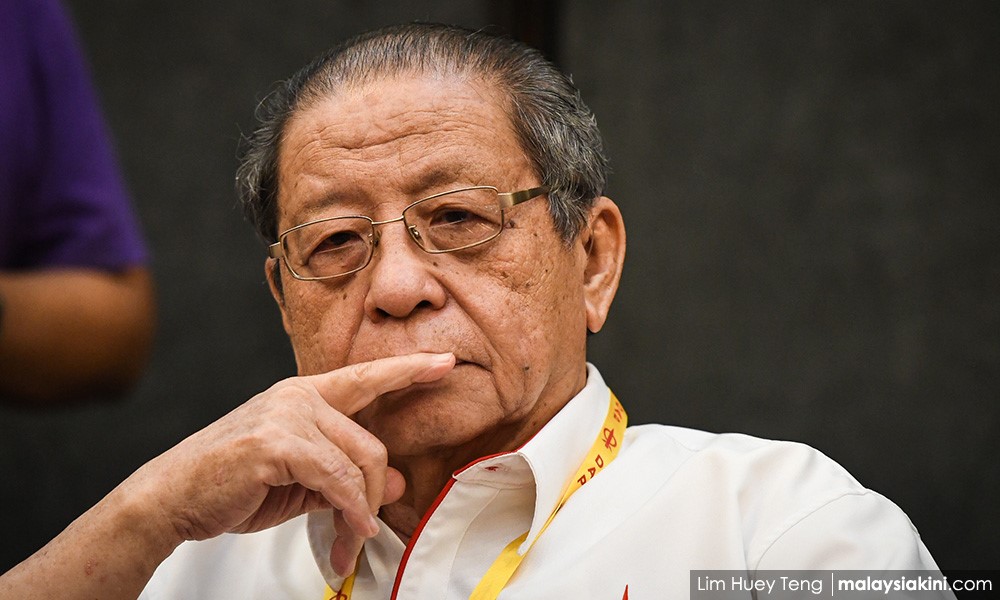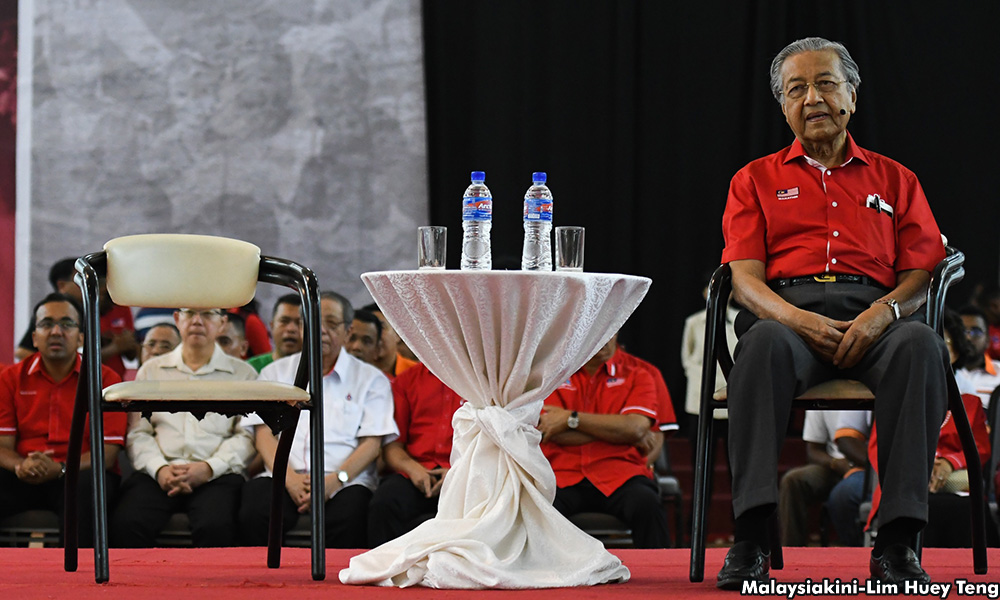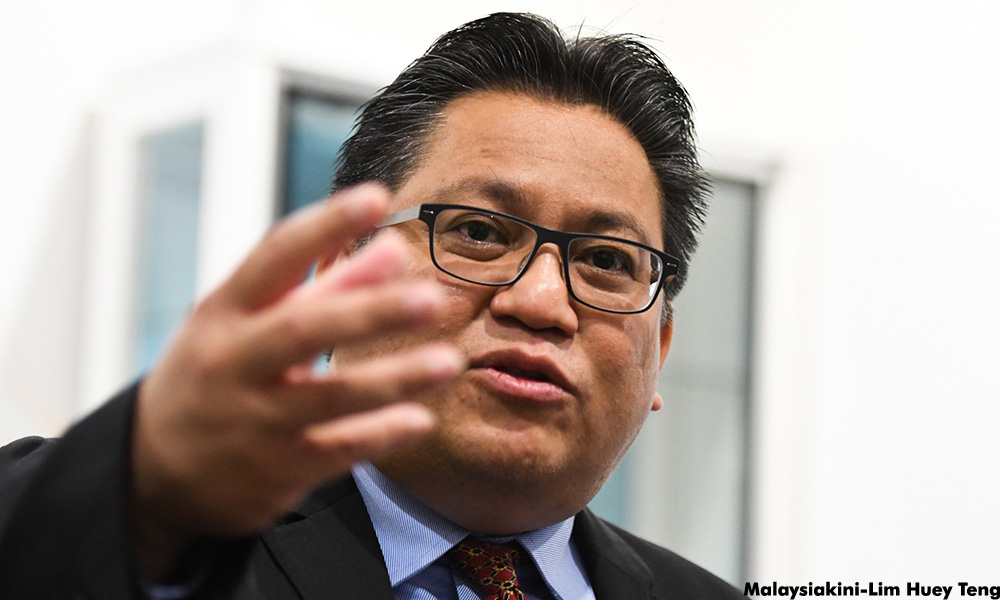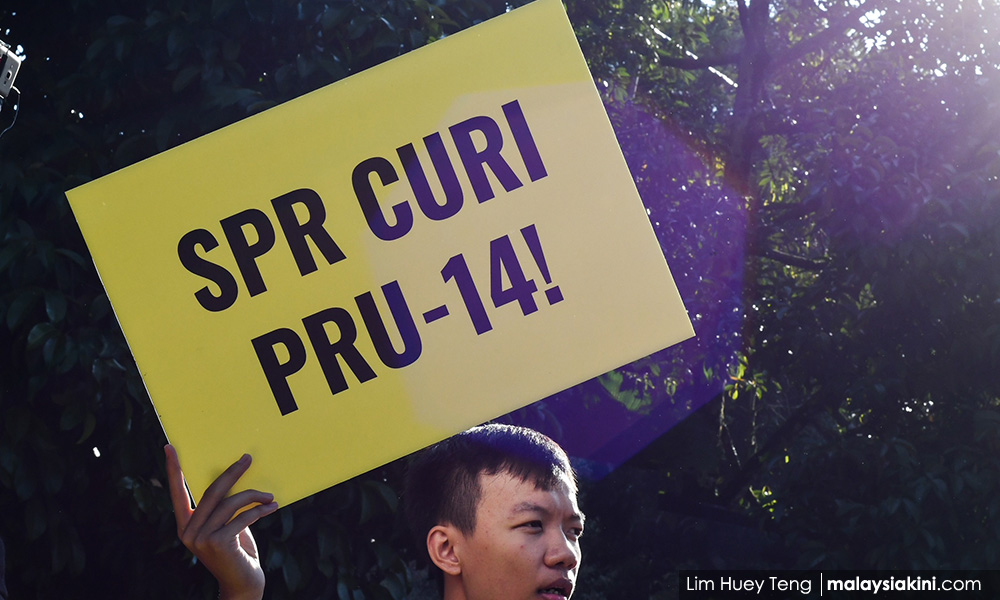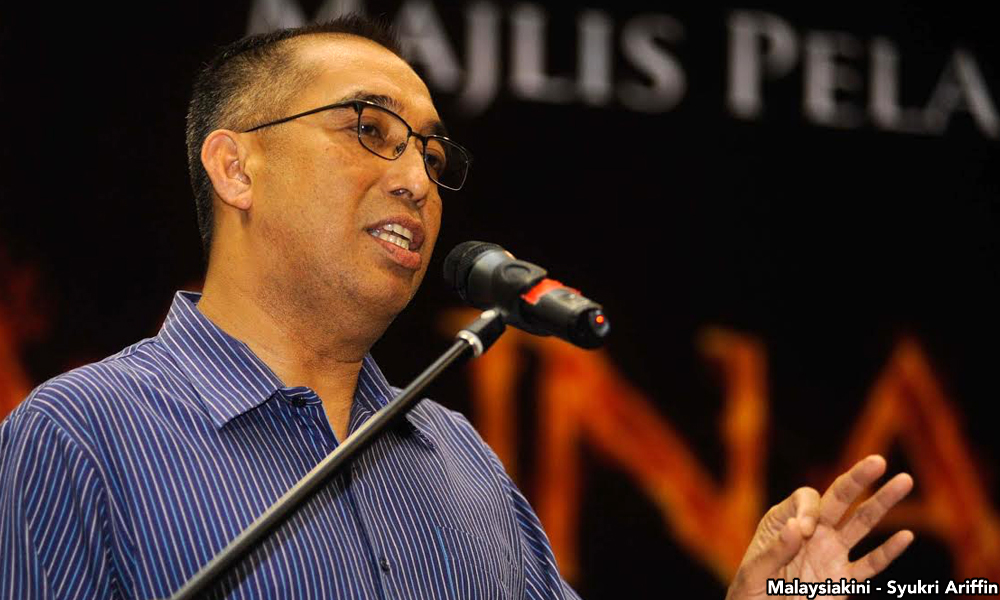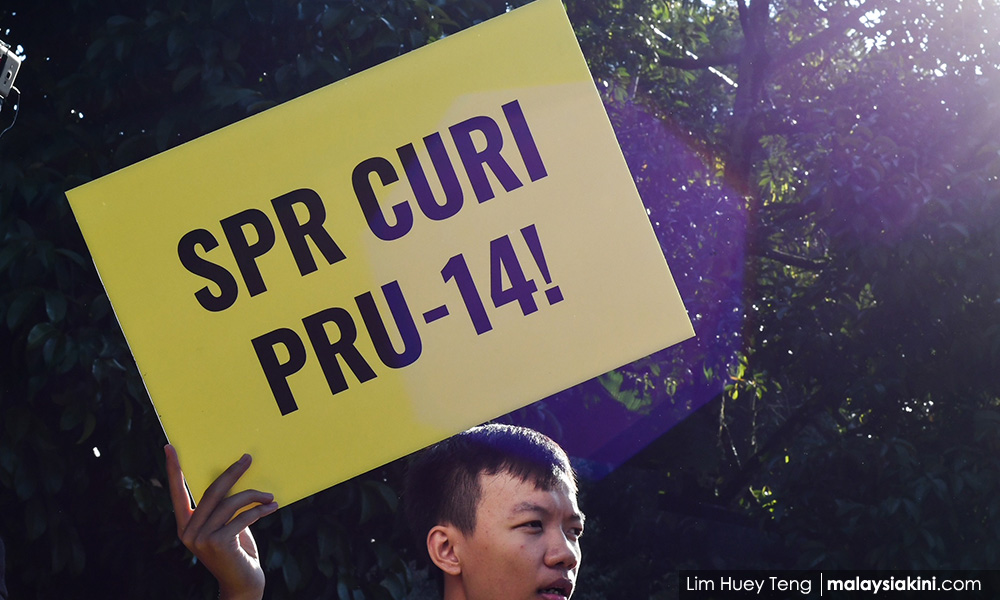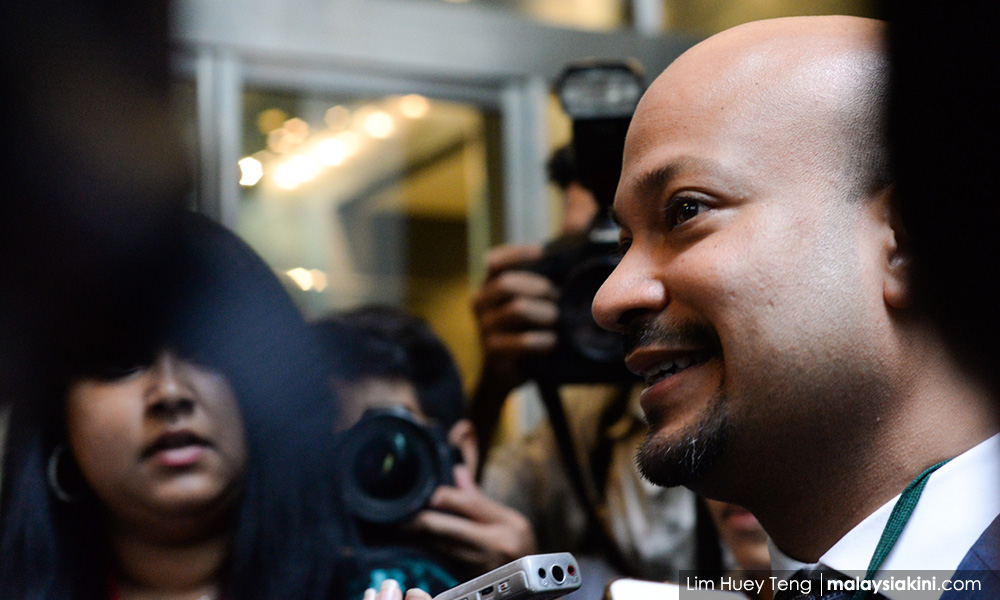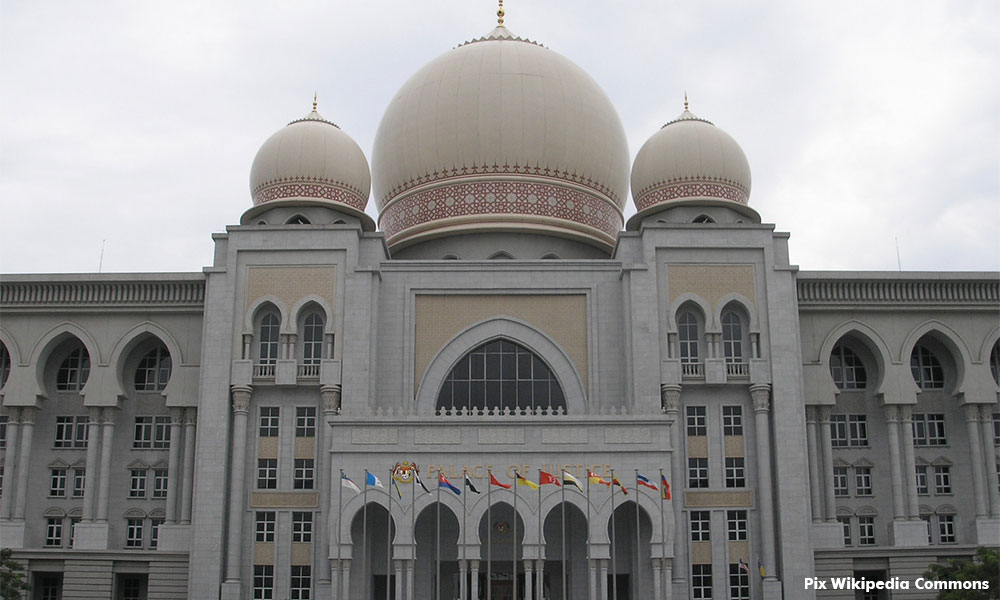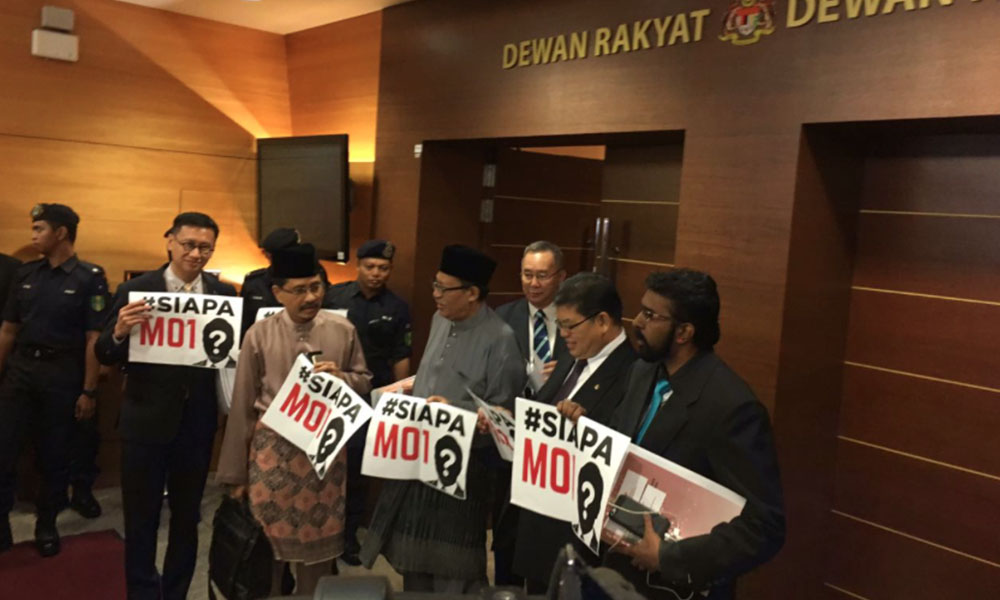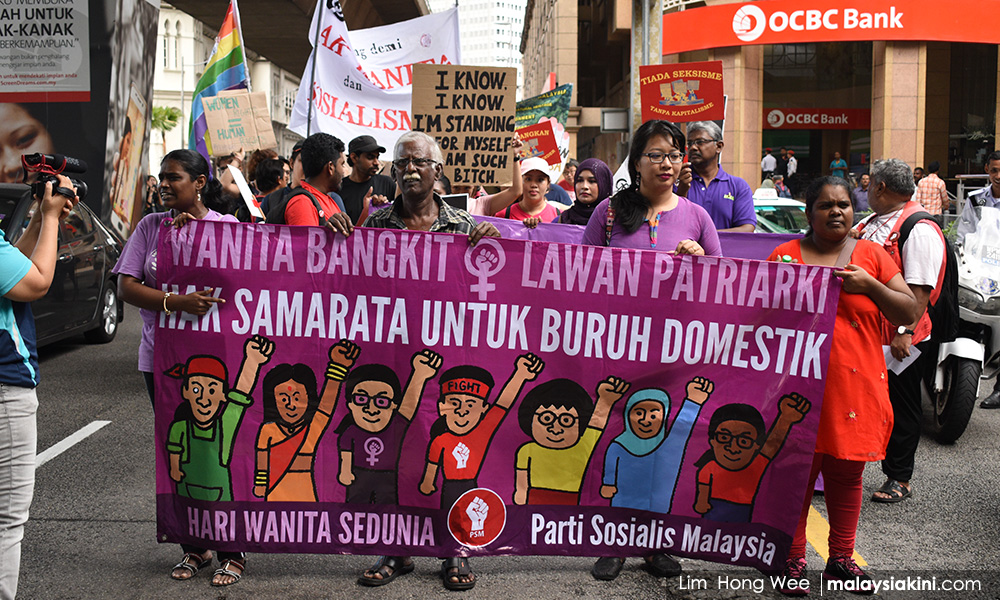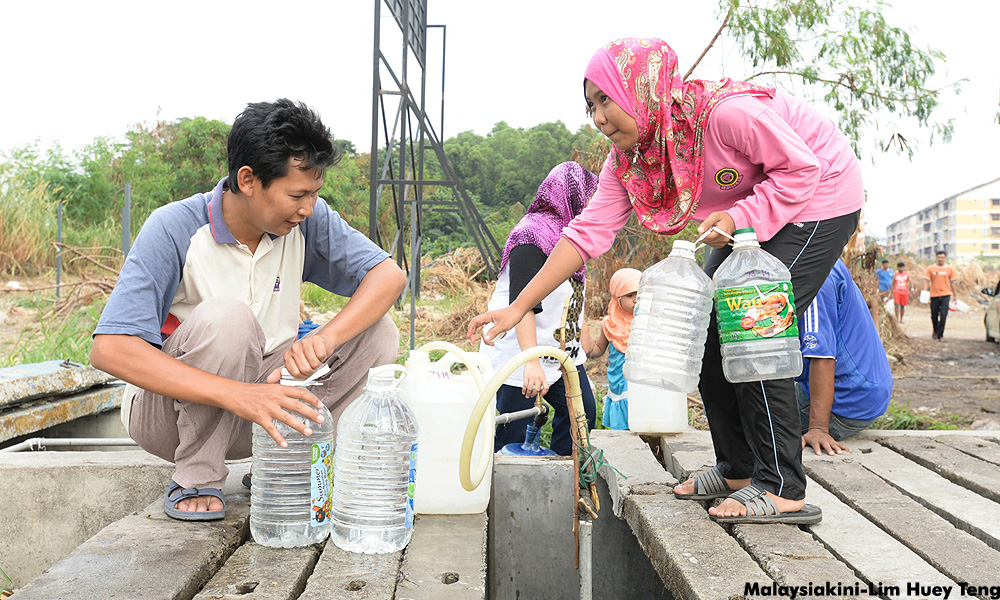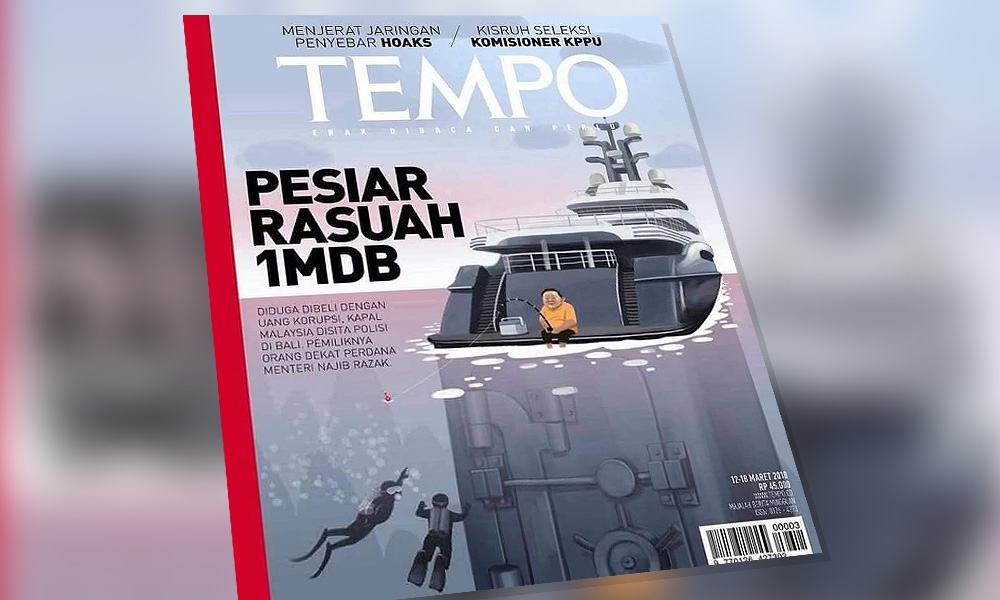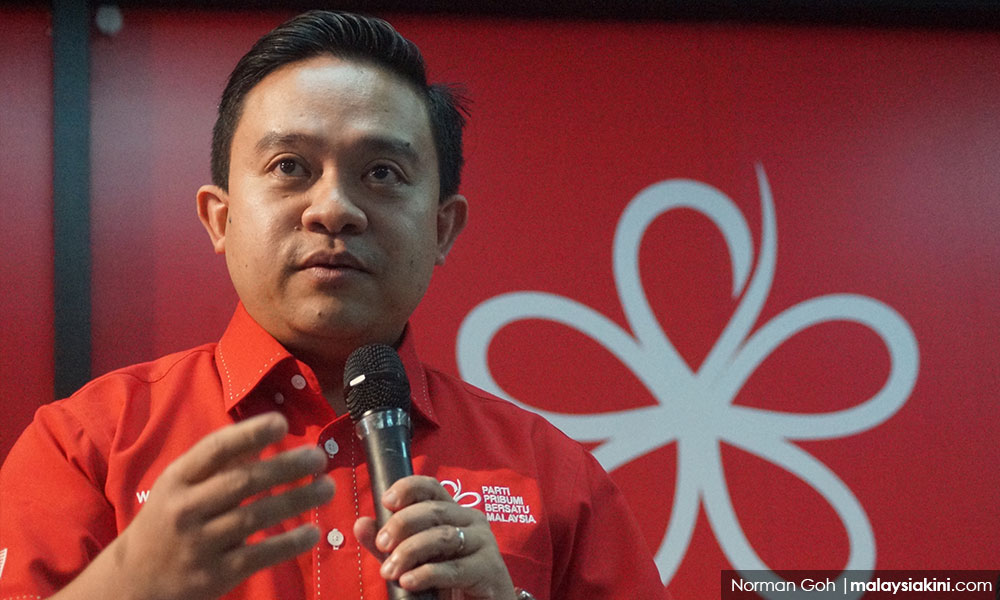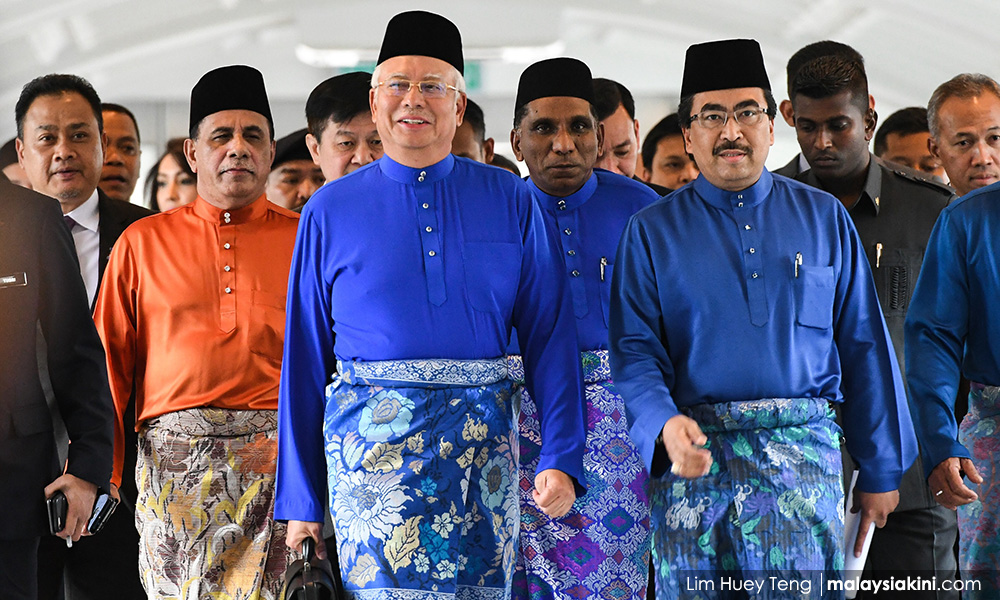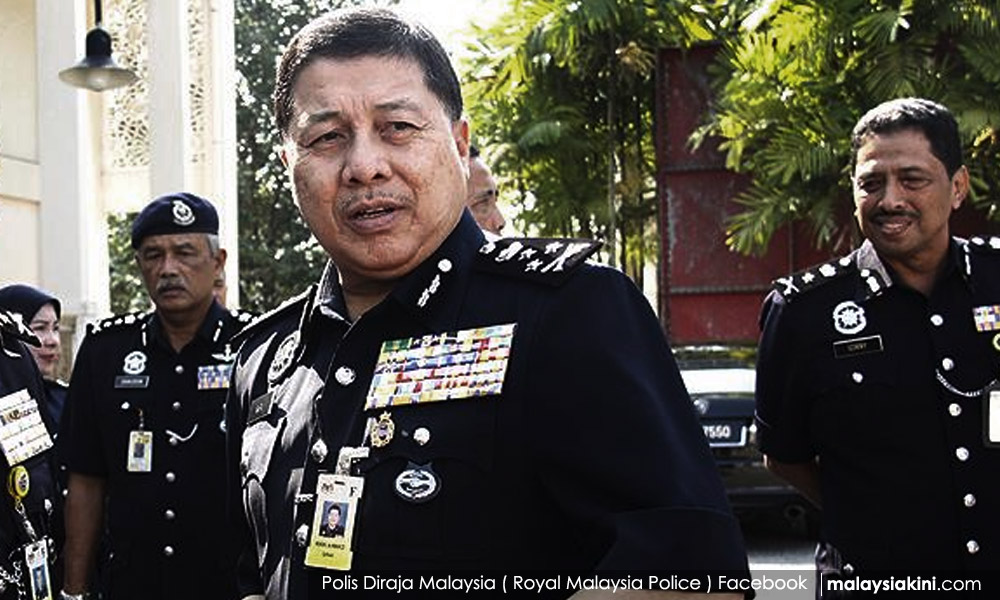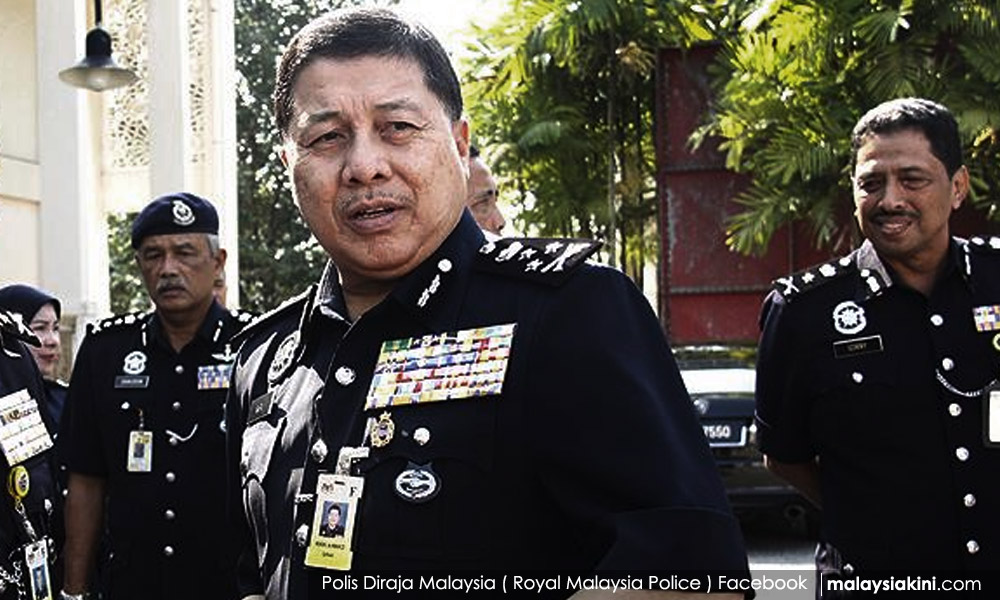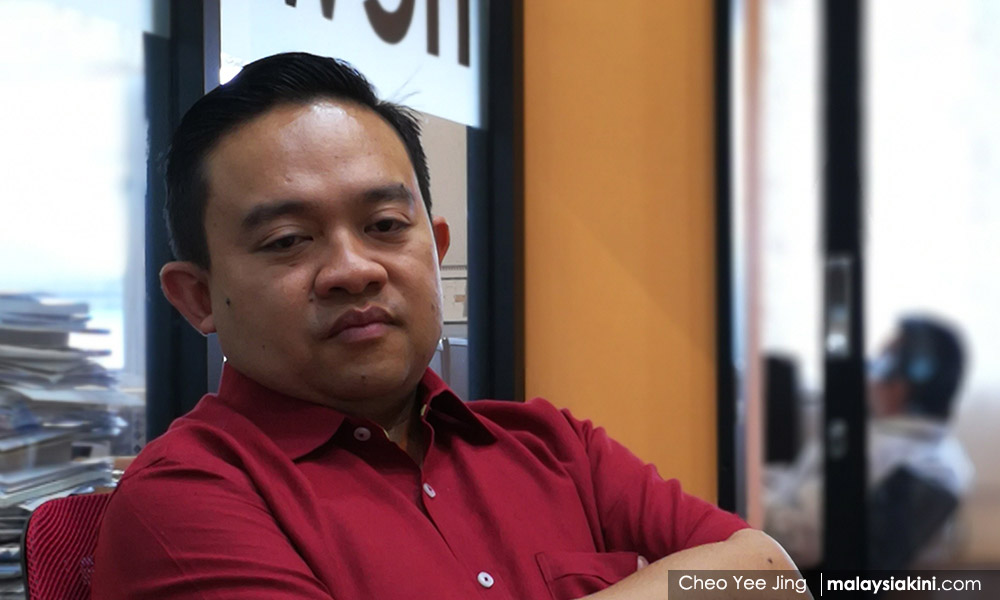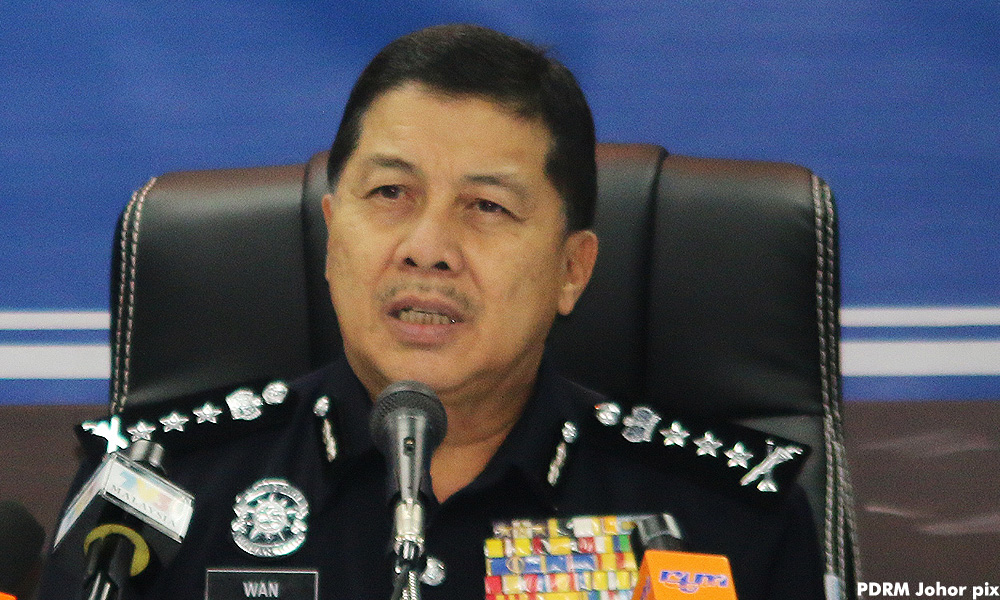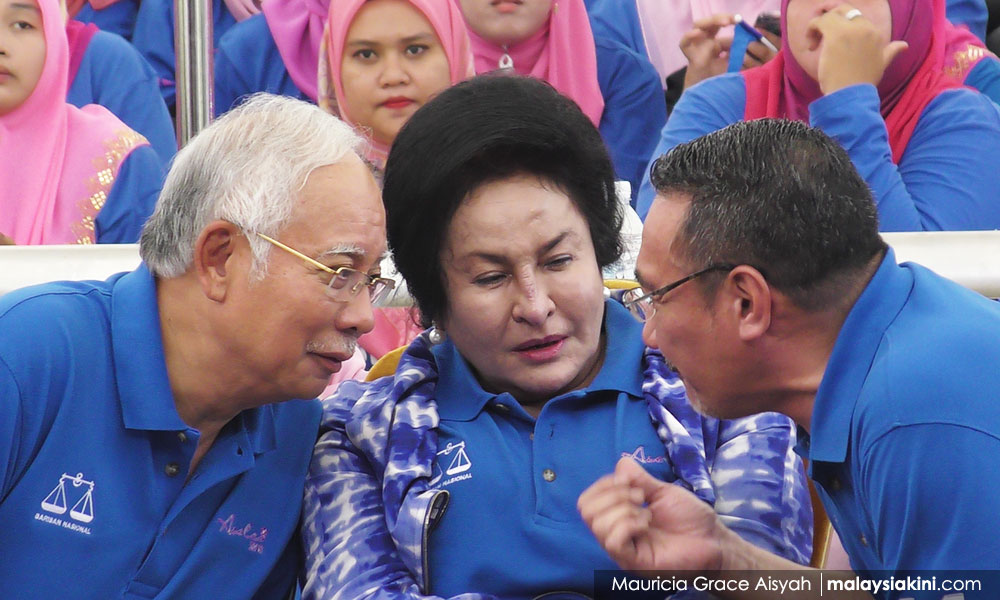-Kim Quek, November 9, 2014.
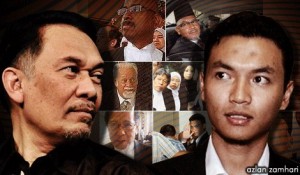 COMMENT The historic eight-day hearing of the final appeal of Anwar Ibrahim at the Federal Court against his sodomy conviction has unexpectedly brightened the prospects of an acquittal.
COMMENT The historic eight-day hearing of the final appeal of Anwar Ibrahim at the Federal Court against his sodomy conviction has unexpectedly brightened the prospects of an acquittal.The defence had already strongly established that such DNA evidence was flawed at the High Court and, again, at the Court of Appeal. And now, it had further 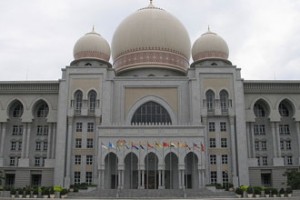 strengthened its case by highlighting and emphasising the main flaws.
strengthened its case by highlighting and emphasising the main flaws.
Central to the DNA issue is the irrefutable evidence of sample tampering, compounded by the highly implausible finding of pristine samples and the unexplained presence of third party DNA.
Investigating officer Jude Pereira had broken the only tamper-proof seal without justification, and he further kept the DNA samples for 42 hours in his steel cabinet against regulations, thus fatally damaging the integrity of the chain of custody of these samples, as well as exposing them to inevitable contamination.
Despite a lapse of 56 hours before the samples were extracted from complainant Saiful Bukhari Azlan’s rectum and another 42 hours in non-freezing condition before reaching the chemist, the latter’s DNA analysis report miraculously indicated no degradation in the samples. Such a highly implausible phenomenon strongly indicates that the samples analysed by the chemist were not the same as those retrieved from Saiful.
Further, there was the presence of third party DNA in the samples, which the government chemists had hidden in their reports, but was uncovered by the defence’s expert witness. The prosecution has given no credible explanation to the presence of such third party DNA.
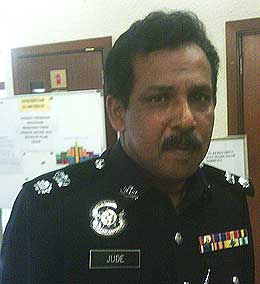 Worsening the crisis of confidence in the integrity of these DNA findings is the defence’s latest revelation that Pereira (left) had in fact been found to be an unreliable witness by none other than lead prosecutor Shafee Abdullah himself in an earlier human rights hearing conducted by Suhakam and chaired by Shafee.
Worsening the crisis of confidence in the integrity of these DNA findings is the defence’s latest revelation that Pereira (left) had in fact been found to be an unreliable witness by none other than lead prosecutor Shafee Abdullah himself in an earlier human rights hearing conducted by Suhakam and chaired by Shafee.
To these damaging submissions by the defence, the prosecution has given no credible rebuttal.
So, what we have is an unreliable investigation officer who had tampered with the samples before delivering the same to the chemist, which samples were later found to be in conditions that were totally incompatible with their history.
Can such a doubt-ridden DNA test report be relied upon as the principal corroborative evidence to convict an accused in any court of law where there is no direct evidence?
The answer is an emphatic no.
Complainant’s credibility impaired
In an attempt to lend credibility to the story of sodomy, lead prosecutor Shafee went at length to suggest a long-standing intimate relationship between Saiful and Anwar, claiming the latter had given the former a very expensive Brioni suit and generous allowances.
But significantly, the scenario constructed by Shafee was completely inferred from the words uttered by Saiful in his narration of the alleged incident – there was no supporting evidence other than Saiful’s words.
The question is – are Saiful’s words good enough for conviction?
Despite Shafee’s claim of Saiful being a completely truthful witness, evidence highlighted by the defence indicate otherwise.
Saiful claimed that he was given the Brioni suit by Anwar, but the suit produced in court showed no label. Is it credible that the very high-end Brioni product carries no label?
Saiful said he was sodomised in condo unit 1-11-5, on a carpet. But the police had seized the carpet from unit 2-11-5; there was no carpet in unit 1-2-11-5, and there is no connecting door between the two units.
Saiful said that in the alleged sodomy act, he applied K-Y jelly, which had spilled over the carpet. But police investigation had found neither evidence of jelly nor any other forensic evidence on the carpet.
Saiful said he had always idolised Anwar, but evidence indicated that he was in fact pro-Barisan Nasional and anti-Anwar from his posting on his Friendster account, and his pal Najwan Haliman had testified that Saiful was not to be trusted.
Saiful attributed his long delay to seek medical examination and make police report to his fear for his safety, but such claim flies in the face of the fact that two days before the alleged incident, he met with then-deputy prime minister Najib Abdul Razak at his residence, had a secret meeting with senior police officer Rodwan Yusof who featured prominently in the fabrication of DNA evidence against Anwar in his 1999 sodomy trial, and had a telephone conversation with then-inspector-general of police Musa Hassan.
Did such high-level liaison tally up with Saiful’s claim of being a timid victim of sodomy, frightened to make a report to the authorities? Wasn’t it obvious that there was much more to Saiful’s long delay to make a report than his claim of fear?
Shafee’s portrayal of Saiful as an innocent and helpless victim also could not be borne out by the latter’s affair with a female member of the prosecution team Farah Azlina Latif during the trial, from whom Saiful had presumably extracted unauthorised information. Farah was later removed from the team due to this scandal, but neither the High Court nor the Court of Appeal had taken note of the negative impact the defence had submitted over this incident.
With so many yawning gaps between evidence and fact in Saiful’s testimony and in prosecutor’s characterisation of him, it is clear that Saiful is no innocent victim as made out to be, and that his words certainly cannot be accepted as truthful evidence without corroboration.
And lead prosecutor Shafee’s construction of a weak employee sexually harassed by an oppressive employer, based completely on Saiful’s words, is certainly 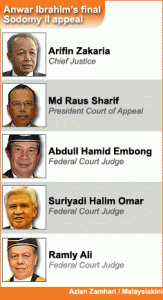 unacceptable.
unacceptable.
Will Federal Court deliver justice?
Then how can any court convict the accused based on the words of an unreliable complainant, whose only corroborative evidence (the sodomy tests) has proven to be thoroughly flawed?
Indeed, this trial should not even have started, when all the four doctors (in two hospitals) have unanimously found no physical evidence of penetration. It is a marvel in modern times that such a farcical trial has stretched for six long years, much to the pain of Anwar, his family, and the nation.
Looking back at the many unjust twists and turns that Anwar has suffered in the past six years, the Malaysian law-enforcement authorities and the judiciary have certainly done injustice to Anwar.
At this finality of the trial, without high expectations, the public was hence pleasantly surprised and heartened when the current court showed meticulous attention to details submitted by both sides and allowed full laxity of time for presentation of facts and law, which is in complete contrast to the earlier hearing by the Court of Appeal which had rushed to a verdict in unreasonable time apparently to meet a political dateline.
The public now has high expectations that the panel of five judges headed by Chief Justice Arifin Zakaria, and comprising Justices Raus Sharif, Hamid Embong, Suriyadi Halim Omar and Ramly Ali will give full consideration to the submissions from both protagonists and make their judgments conscientiously in accordance with law, without fear or favour, and free of political influence.
KIM QUEK is the author of the banned book ‘The March to Putrajaya’.


